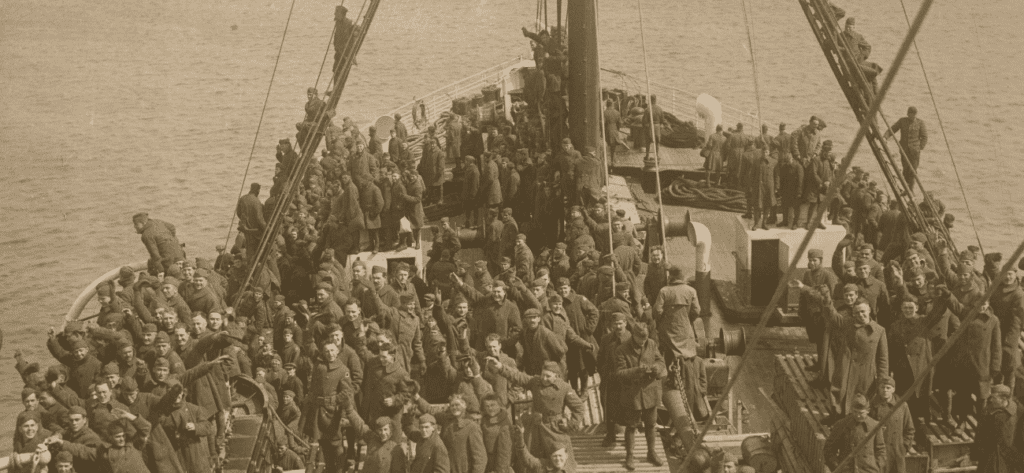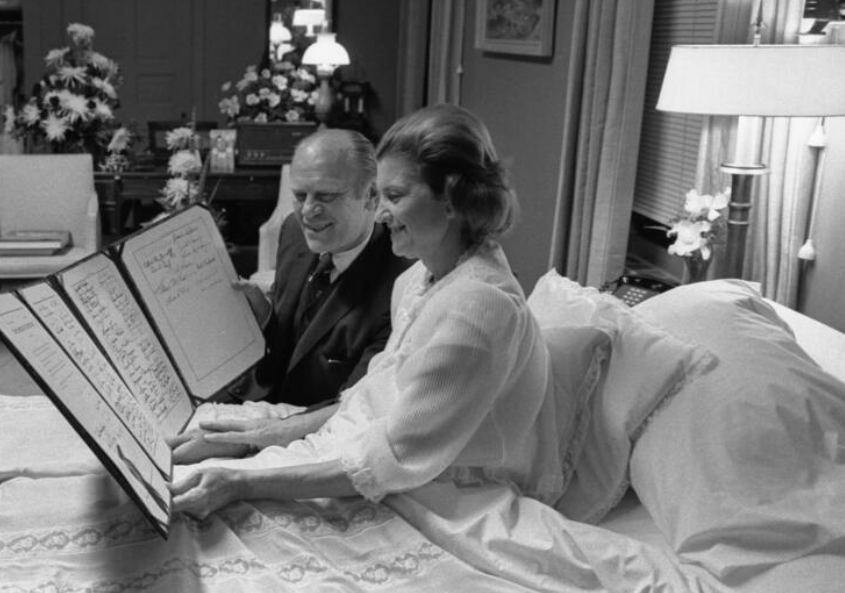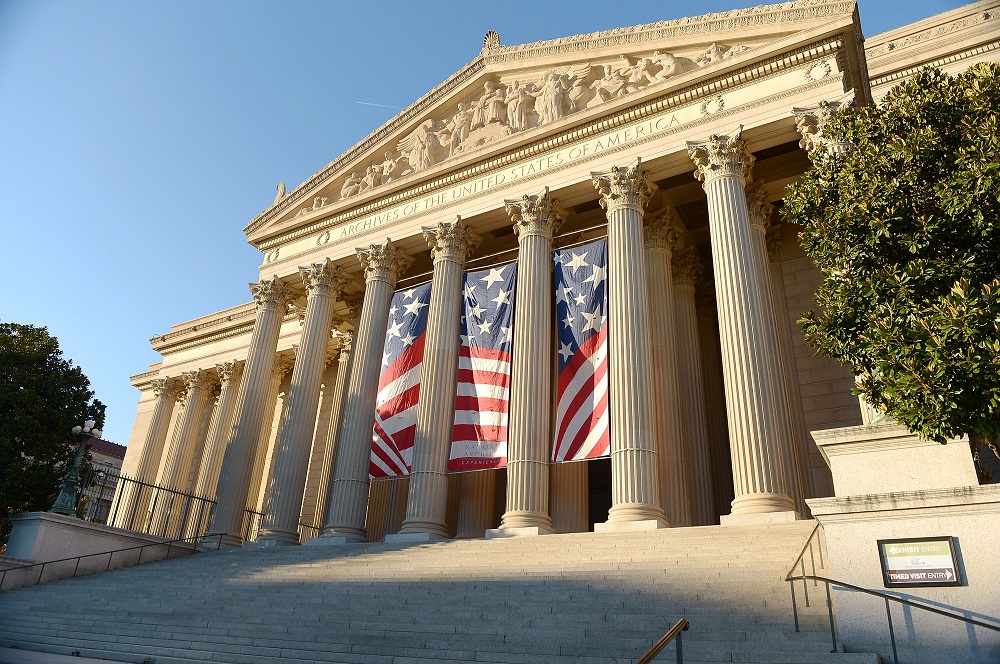Whitman’s Report on Cemeteries: Shiloh Illustration
Fought April 6-7, 1862, the Battle of Shiloh in Tennessee was one of the first major battles in the Western Theater of the American Civil War. 54,000 Union troops under Ulysses S. Grant and Don Carlos Buell battled 44,000 Confederates under Albert Sidney Johnston and P.G.T. Beauregard as part of the Union’s effort to cut off Confederate rail communications along the important Memphis & Charleston and Mobile & Ohio railroads.
The battle resulted in nearly 24,000 killed, wounded, and missing. The two days of fighting did not end in a decisive tactical victory for either side —the Union held the battlefield but failed to pursue the withdrawing Confederate forces. However, it was a decisive strategic defeat for the Confederate forces that had massed to oppose Grant’s and Buell’s invasion through Tennessee.
After the end of the Civil War, Edmund B. Whitman of the U.S. Army’s Quartermaster Corps led one of many crews charged with converting temporary graveyards into permanent national cemeteries. Over four years beginning in March 1865, he and his men located, disinterred, and reburied almost 115,000 bodies at battlefields across the country, including Shiloh. In his Final Report, one page of which is featured here, he included drawings of Shiloh and several other national cemeteries.
Memorial Day traditions began in the aftermath of the Civil War. An estimated 750,000 soldiers died between 1861 and 1865 – about 2.5 percent of the population. Never before or since has war resulted in so many American casualties.
In honor of Memorial Day, the National Archives Museum presents the 1869 Whitman Report on Cemeteries, featuring an illustration of the cemetery at the site of the Civil War Battle of Shiloh in Tennessee.
This document was on display in the “Featured Documents” exhibit in the Rotunda Galleries of the National Archives in Washington, DC, May 22 through June 5, 2014.
The National Archives Museum’s “Featured Documents” exhibit is made possible in part by the Foundation for the National Archives through the generous support of Toyota.



